June 28 - July 4, 2015: Issue 220
Katandra Sanctuary Open Days 2015
Katandra opens to the public every Sunday in July, August, September and October, from 10am to 4pm. The first will be next Sunday, July 5th with entry by donation.
Although it’s a bit early for many flowers, lots of buds tell of spring coming in a month or two.
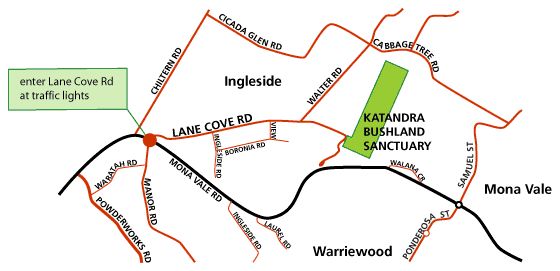
Katandra is a sanctuary for flora and fauna where the wildflowers are their most colourful during spring but all year round there are opportunities for bird watching and many of our local species of other fauna inhabit Katandra. The sanctuary covers 12 hectares and is situated on the Ingleside/Warriewood escarpment. Choose to follow a short walk of about 1km or the longer 2km track through rainforest remnants with creeks and fern-fringed pools.
Katandra Bushland Sanctuary is a Crown Reserve administered by the Dept of Lands and managed by Katandra Bushland Sanctuary Trust.
The Sanctuary was established following a gift of land to the people of NSW by Harold Seymour and was dedicated on 27 October 1967.
Sanctuary Maintenance
(every 3rd Sunday from March to November)
Volunteers are needed. If you can assist with weeding, or welcoming visitors to Katandra on open days please phone 9979 8077

Native Fuchsia - Correa reflexa - red form -
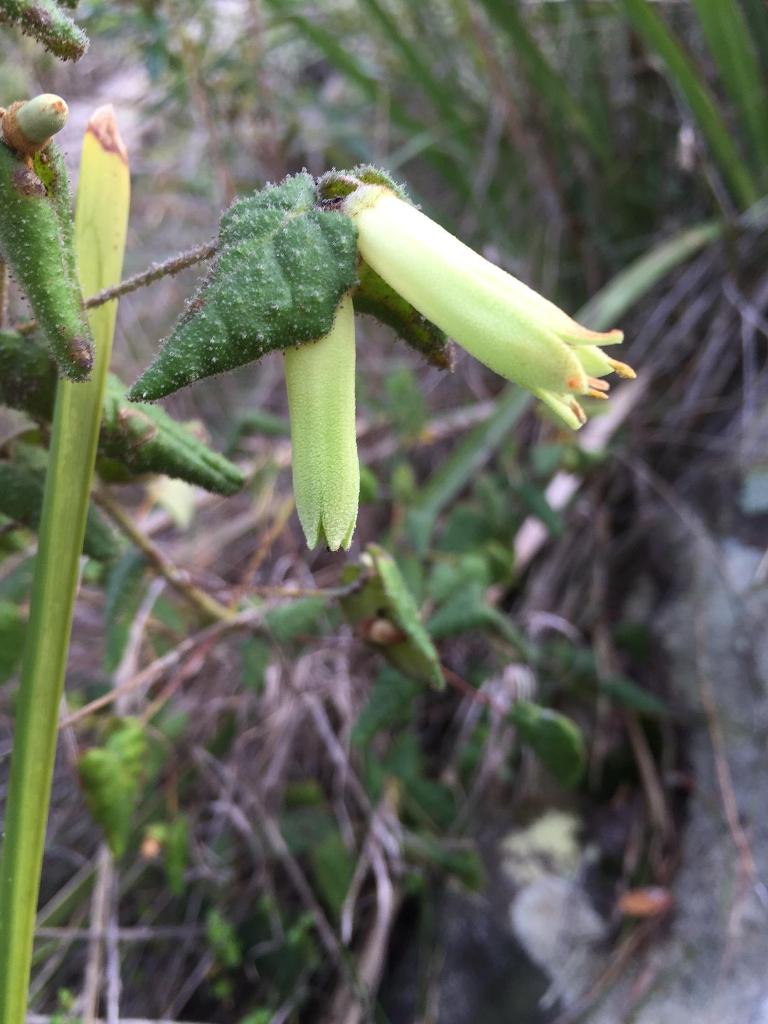
Correa reflexa Green form BANGALLEY HEAD April 2015
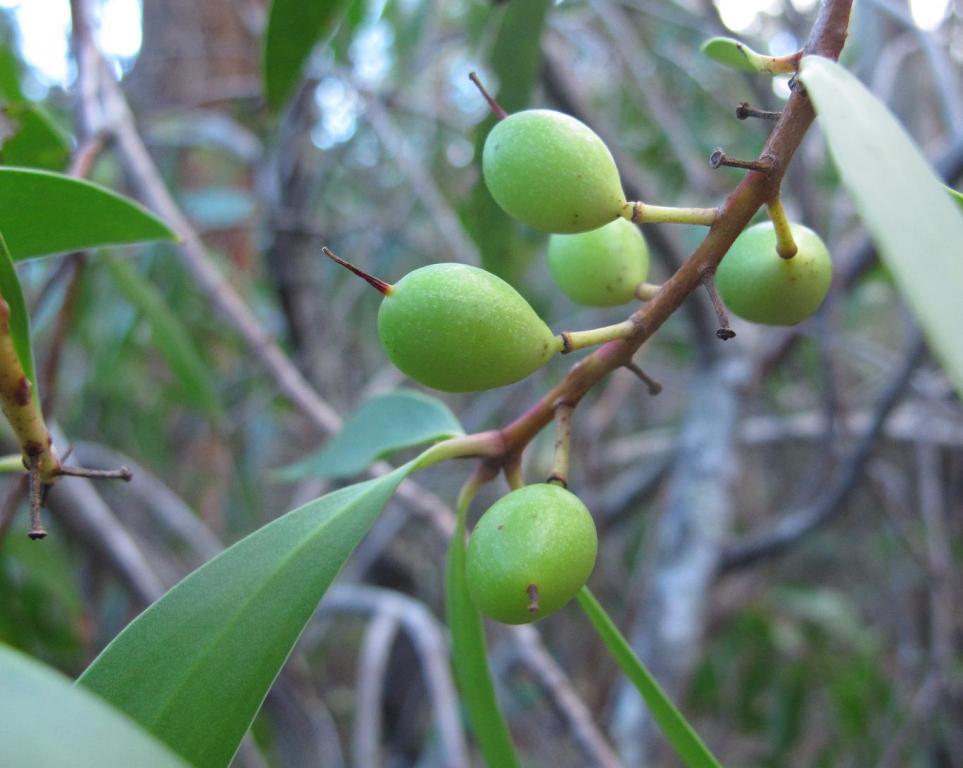
Geebung berries - Persoonia virgata
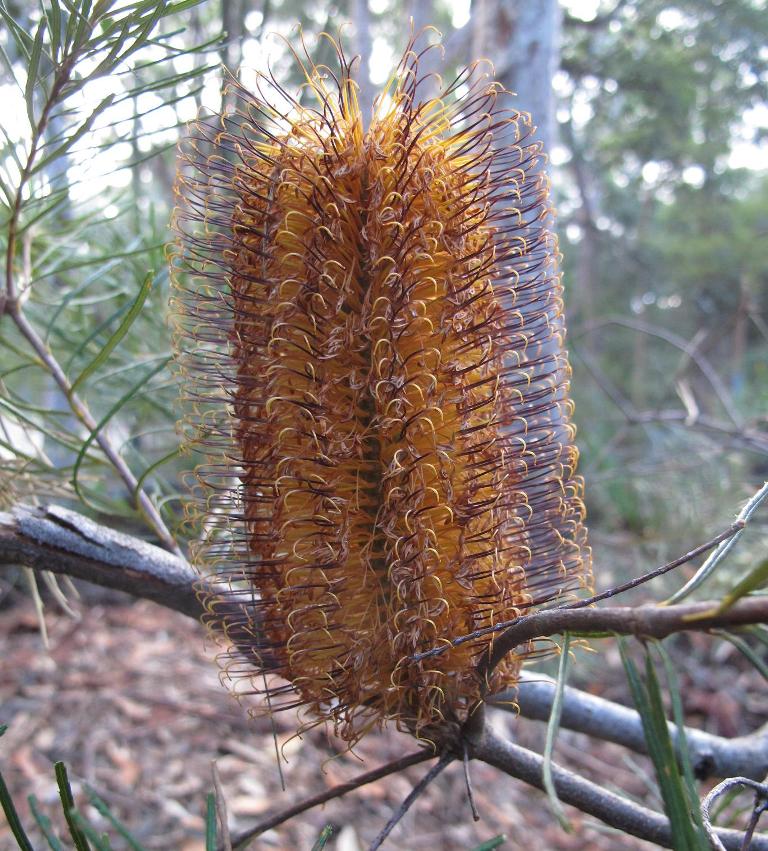
Hairpin Banksia - Banksia spinulosa
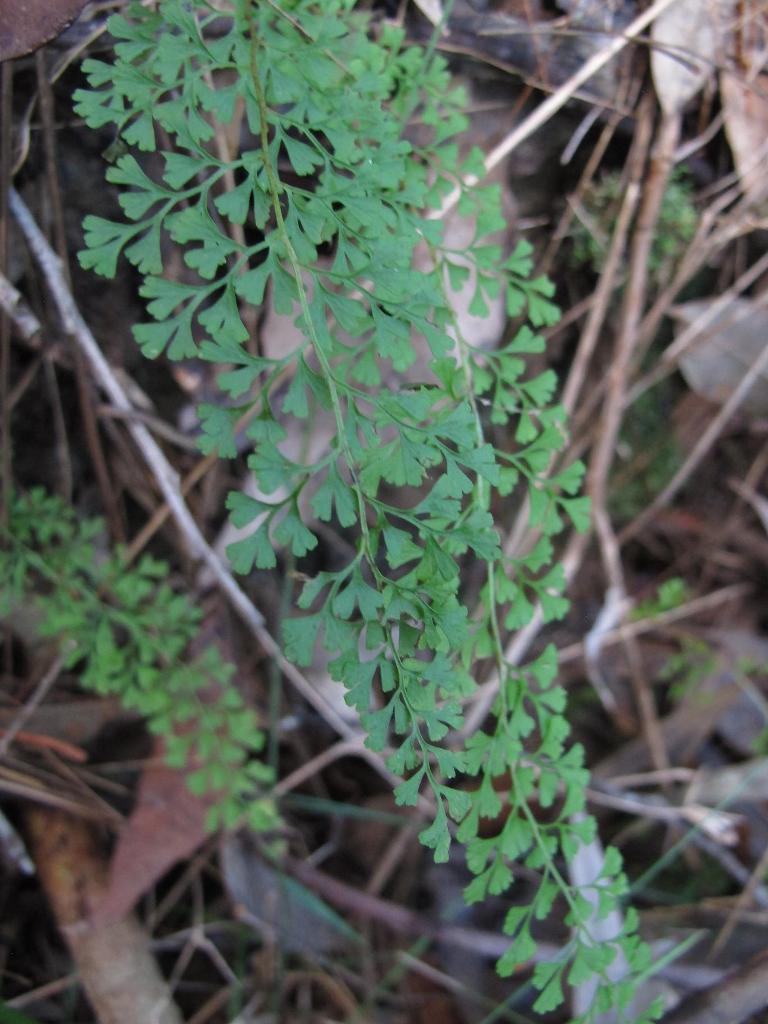
Lacy Wedge Fern - Lindsaea microphylla
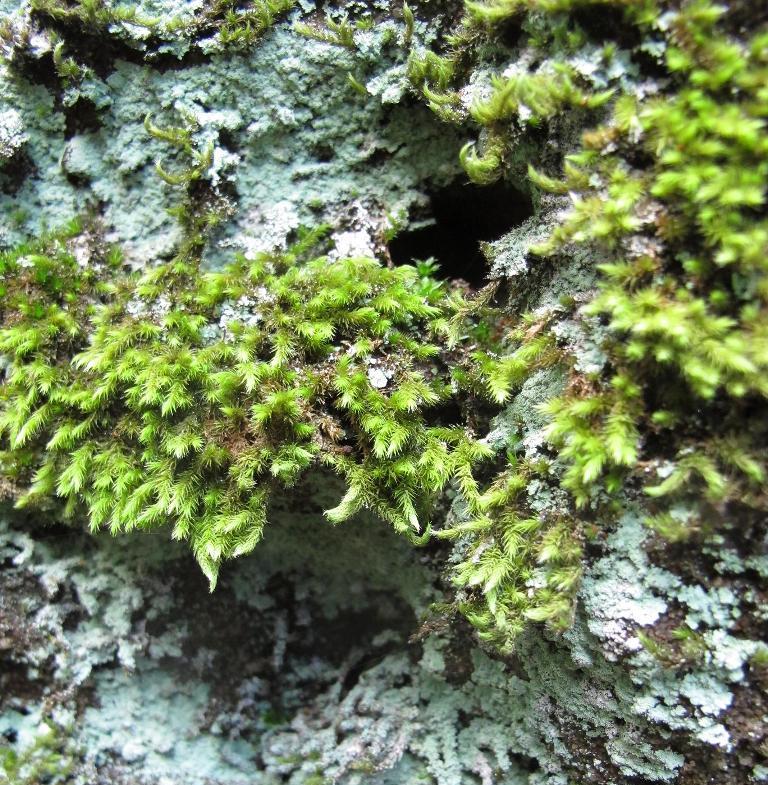
Moss and Lichen
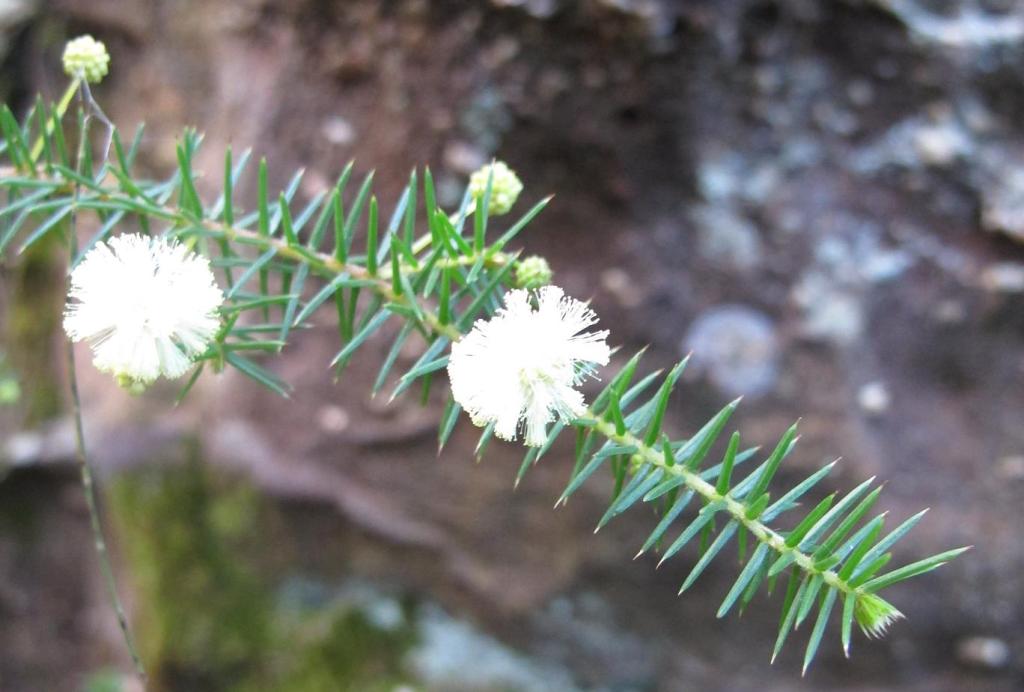
Prickly Moses wattle - Acacia ulicifolia
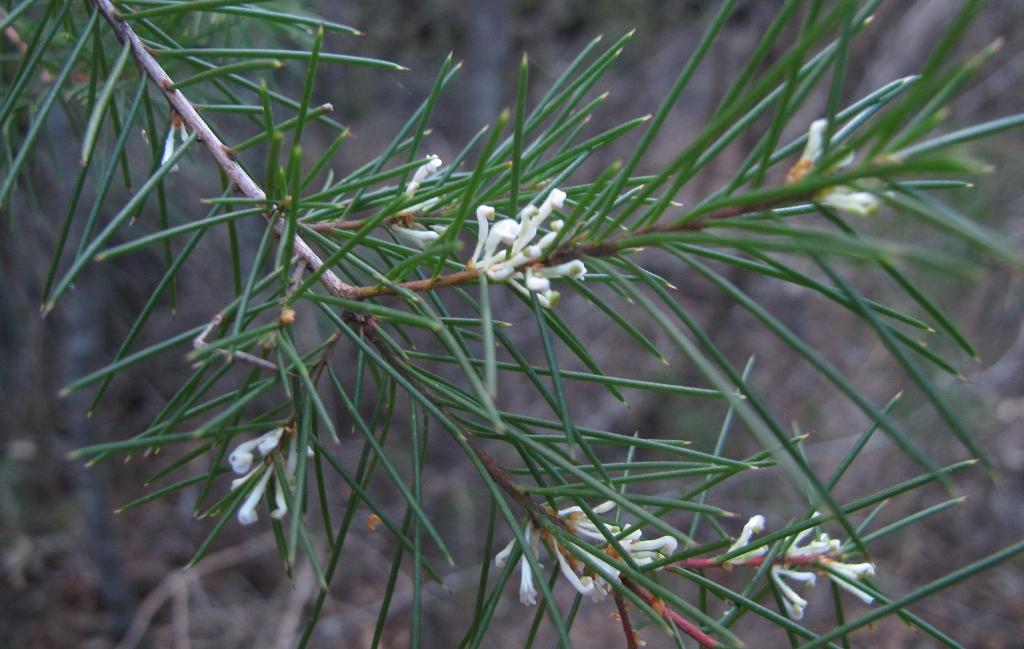
Silky Hakea - Hakea sericea
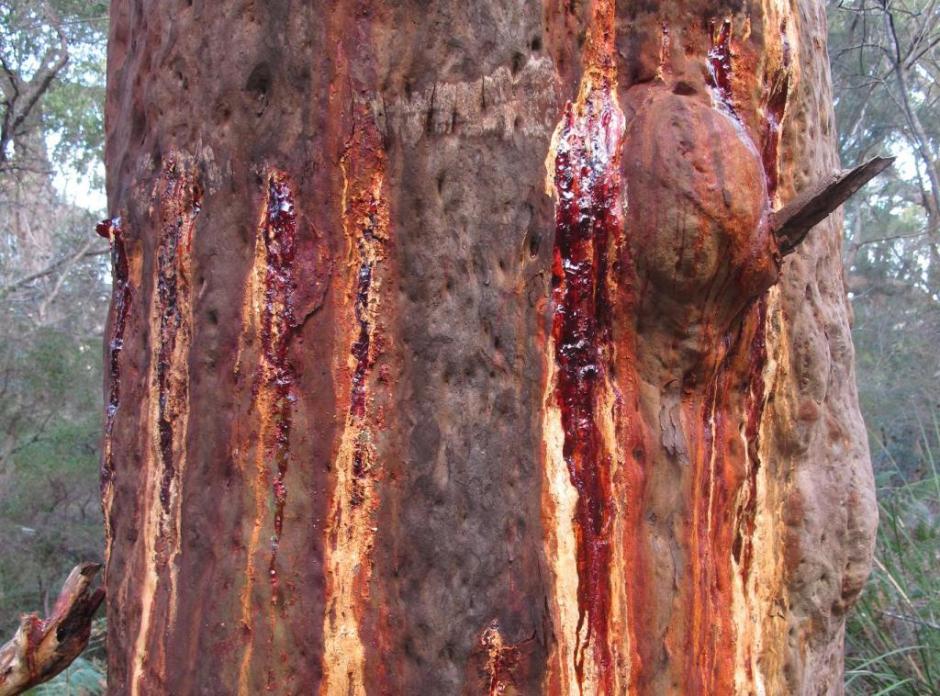
Above photo is of gum on an angophora costata. This indicates that it is being attacked by insects, but defending itself by exuding gum, called kino. This traps and smothers the insects, probably wood boring beetle grubs. Abundant kino is a sign of a healthy tree. Photo by Marita Macrae, 2015
Report and Pictures by Marita Macrae, 2015.